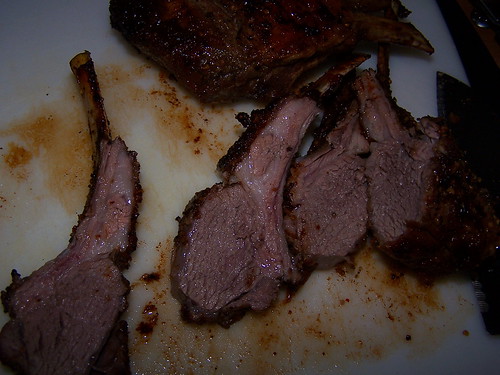
Food poisoning can leave your body a sweating, shivering wreck and your stomach like a washing machine on spin cycle. The only thing that makes the suffering worse is the knowledge that your food poisoning is self-inflicted (and I’m speaking from experience here). Knowing I had not consumed any dodgy curries in the past twenty four hours, I was sure the problem was of my own making and was therefore able to add self-loathing to my list of symptoms. Food poisoning is quite common but easy to avoid if you follow some basic food hygiene rules.
Wash Your Hands
The simplest tenet of advice and the easiest to follow. We should all do it after going to the toilet, blowing noses, touching animals and handling raw meat.Washing your hands is so easy and can help prevent food poisoning.
Storage of food
Leaving food at room temperature for any length of time breeds bacteria. This, along with people failing to follow rule of washing your hands, is the reason why buffets can be very dangerous places to eat. All perishable foods should be refrigerated at around 5°C and taken out of the fridge only when they’re needed. I also always put raw meat and fish on the lowest shelf of the fridge so that no juices are able to drip down onto other foods and contaminate them.
Food Hygiene and Preparation
My mum always says that a bit of dirt never harmed anyone but it’s still recommended to wash fruit and vegetables before using them. It’s also best to keep raw meat away from ready-to-eat foods like bread, fruit and raw vegetables and wash hands, chopping boards, surfaces and knives after handling raw meat.
Sell By & Use By Dates
Getting in late from work, the spaghetti bolognese I made a few days ago tends to look very tempting. However, it’s probably best to err on the side of caution and throw away any leftovers that have spent two or more days in the fridge. Some harmful germs are odourless so it’s not always possible to just sniff it and see. I generally follow the guidelines provided by use by dates except with eggs which I stick in a pan of water. If your egg floats, save that omelette till you’ve managed a trip to the supermarket, if it touches the bottom of the pan, it’s safe to use.
Cooking
BBQs and food poisoning are a devilish duo. Get the heat wrong and you end up with your sausages charred on the outside, raw on the inside and various stomach complaints the following day. Cutting them open is the best way to check whether the meat is still pink or if its ready and the juices run clear. When reheating food, make sure it’s piping hot and eat it as soon as it’s ready.
Cleaning Up
Despite the horror stories about the number of germs on my chopping board and where they’ve come from, I think soap and warm water kills bacteria just as effectively (and much more cheaply) than any of the fancy disinfectant, multi-purpose, space-age cleaners available. Having clean tea towels, regularly replacing sponges and cleaning all surfaces thoroughly also vastly reduces the chances of anything harmful hanging around.
If you still feel at a loss in the kitchen or you’re paranoid about poisoning the guests at your next BBQ, a food hygiene course can really boost your confidence. Even if you can’t tell your soufflé from your sauerkraut, knowing you’re at least getting the basics right can be really reassuring.
Ross Davies writing for Lebreton Health & Safety Training experts in Food Hygiene Training Courses and all types of Health & Safety Training.

